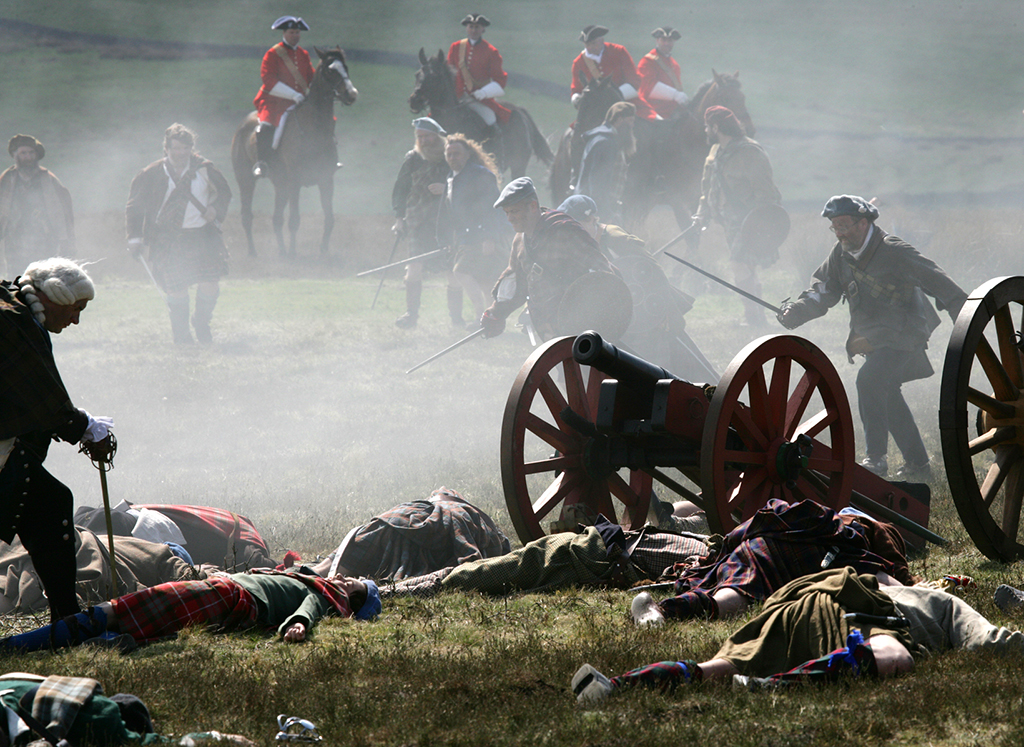
The stories behind the most eerie haunts in Scotland
Halloween, the spookiest night of the year, is almost upon us.
The night originated with the ancient Celtic festival of Samhain, when people would light bonfires and wear costumes to ward off ghosts. The Celts believed that on the night, which marks the end of summer and start of winter, the boundary between the worlds of the living and the dead became blurred allowing ghosts of the dead to return.
It has since evolved into a day of activities like guising, carving jack-o-lanterns, apple-dooking and eating sweet treats. But the frightfully spooky tales of the past are still very much alive, and many still believe that witches, warlocks, ghosts and ghouls come out to play on Halloween.
From tales of witchcraft and blood sucking demons to torture and murder, it’s no surprise that Scotland has been proclaimed one of the most haunted countries in the world. And Glasgow has a wealth of spine-chilling stories and places guaranteed to give you a good thrill and chill this Halloween.
To get you in the spirit, here are ten of Scotland’s most spine-chilling ghost stories, from the National Trust for Scotland’s most sinister castles, creepiest houses and eeriest moorlands.

Culloden (Photo: NTS)
Culloden, the Highlands
On 16th April 1746, the final Jacobite Rising came to a brutal head in one of the most harrowing battles in British history. Culloden Moor, near Inverness, bore the fight between the Jacobite’s and government troops, where in less than an hour, 1,600 men were slain – 1,500 of them Jacobites. Today, the moors are regularly used as filming locations in the new hit series, Outlander, and is said by many to be haunted. Visitors claim hearing sword clashes and painful cries, and others having set eyes on a Highland warrior or injured cadavers. This brief yet gruesome battle ground certainly showcases evidence of bloodshed and pain from the battle.
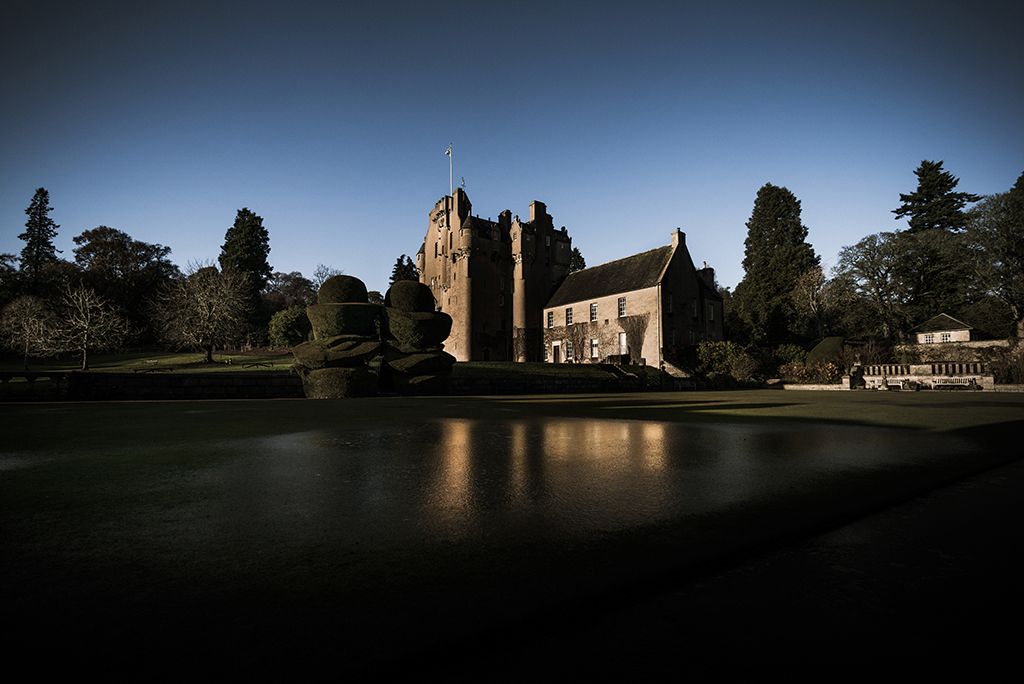
Crathes Castle, Banchory (Photo: NTS)
Crathes Castle, Aberdeenshire
An intricate maze of turrets, towers and ornate rooms, Crathes Castle near Banchory certainly looks like a place spirits would haunt. Built in the 16th century, the Burnett family lived in the castle for over 350 years. Visit the Green Lady’s Room – home to the restless spirit of the Green Lady, dressed in a green robe often seen cradling an infant in her arms. When the castle was renovated in the 1800s, the bones of a child – presumed murdered – were discovered under the hearthstone of the fireplace. In the tower house, you’ll meet the White Lady, Bertha, who was Alexander Burnett’s young lover. Poisoned by Lady Agnes for being unworthy of her son’s hand in marriage, Bertha visits on the anniversary of her murder. Castle guides often report feeling a chill down their back in an otherwise warm room or the odd noise in an otherwise empty building, making them feel like they are indeed not alone.
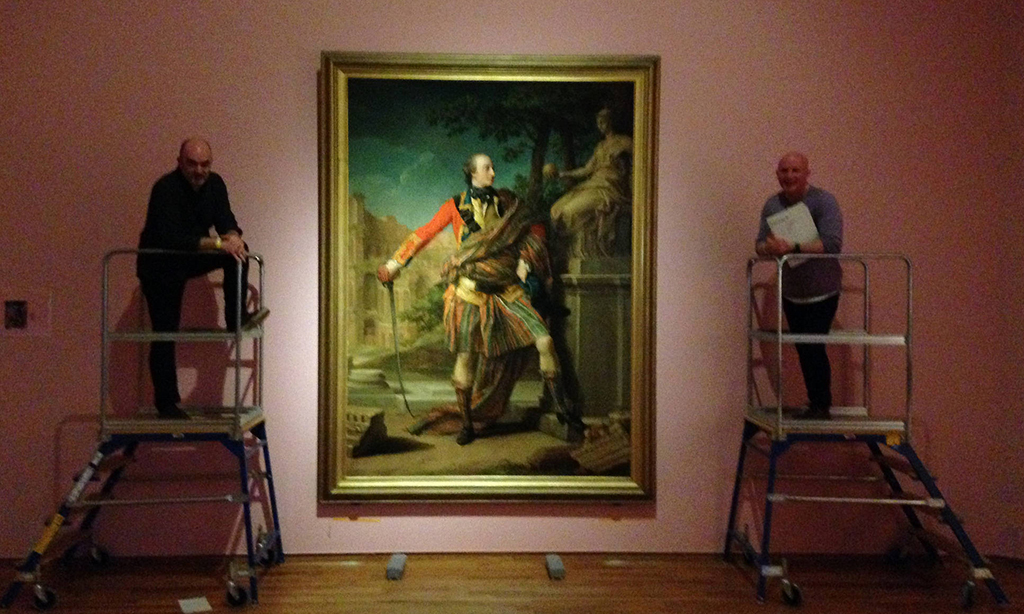
Fyvie Castle, Aberdeenshire (Photo: NTS)
Fyvie Castle, Garden and Estate, Aberdeenshire
At this magnificent fortress in the heart of Aberdeenshire, you can lose yourself in the glory of its landscape and be spooked by tales of murder and betrayal at the very same time. The eerie stories from Fyvie’s past cast a spine-chilling shadow over the 800-year-old Scottish Baronial fortress. When the room temperature drops suddenly and the air fills with the scent of roses, it issaid that you are in the presence of the ghost of Lilias Drummond. Legend tells that Lilias was starved to death by her husband, Alexander Seton, for failing to provide a son and heir.On the night of his second marriage, her ghostly laments were heard outside the marital bedchamber, and in the morning, her name was found freshly scratched into the castle
walls, which are still visible today.
In every room, there’s said to be a grumpy spirit waiting to welcome you. Diane Reid, a National Trust for Scotland guide at the castle, said: ’There was a time in the Charter Room where a visitor was being pushed into me by an unseen hand. On other occasions when I’ve been alone in the castle, I’ve found taps running full blast, minutes after having turned them
off – the ghosts here are certainly pesky!’
Let the guides tell you tales of phantom soldiers, poltergeists and the curse of the weeping stones, then visit the secret burial chamber of the Grey Lady, whose remains were discovered encased in the castle walls and whose spirit roams the passageways.
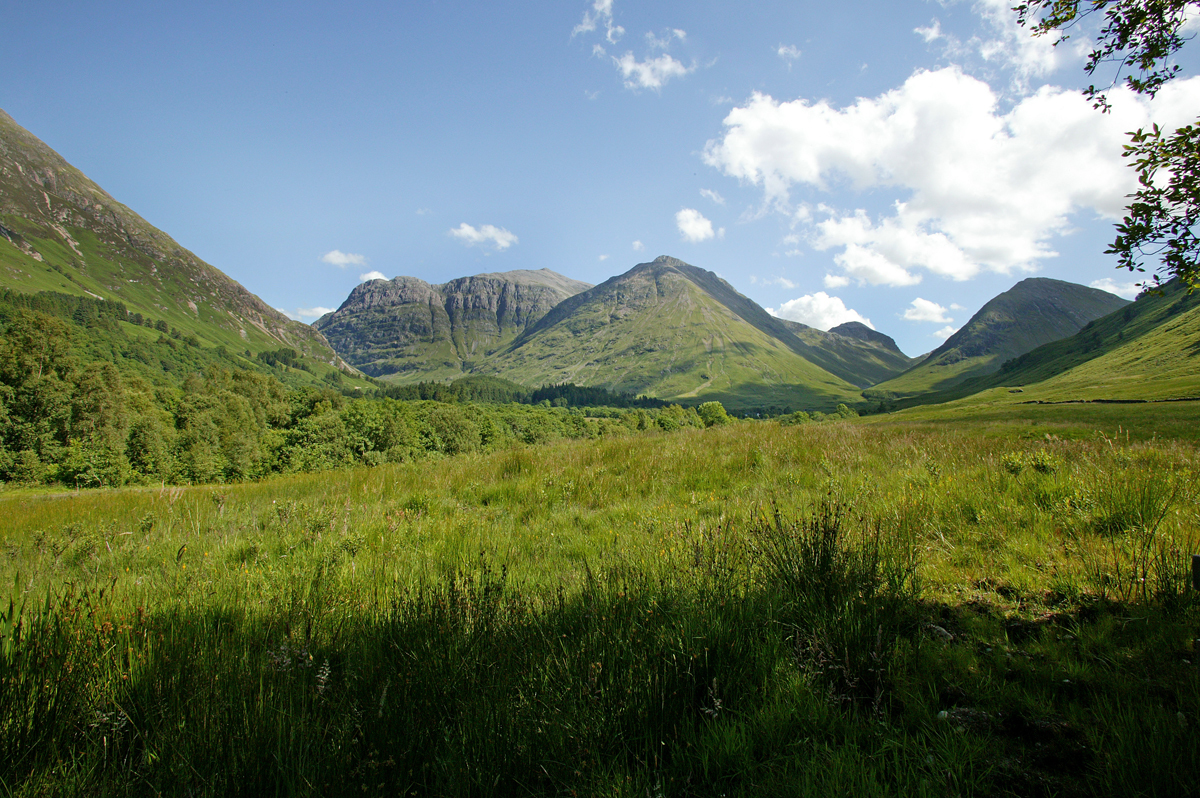
Glencoe (Photo: NTS)
Glencoe, Fort William
On 13 February 1692, the brutal Glencoe Massacre – one of the bloodiest battles in Scotland’s history – took place. Led by the Campbells, a troop of soldiers posed as friendly visitors before attacking their hosts, Clan Macdonald, while they lay sleeping in their beds. The attack left dozens of men, women and children dead and sent hundreds more fleeing for their lives in a perishing blizzard. Appropriately named, Glencoe is Gaelic for ‘Valley of Weeping’. Centuries later, its murderous history still prevails with people claiming to have caught glimpses of the slaughter, or have heard screams in the glen, particularly around the anniversary of the massacre.
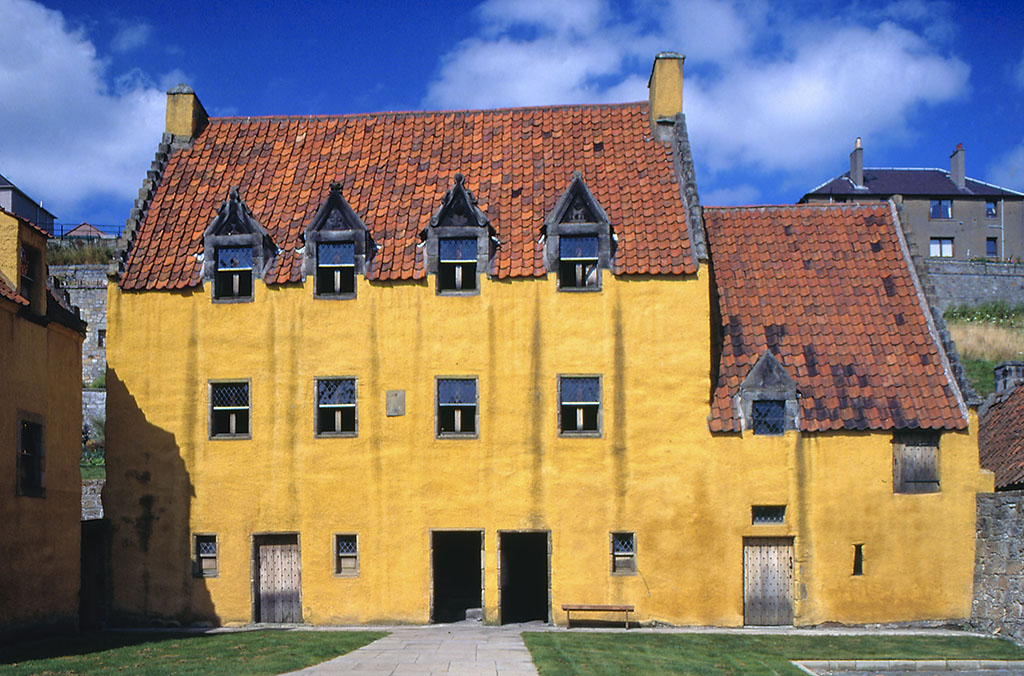
Culross Palace, Fife. (Photo: NTS)
Culross, Fife
Amidst the endearing white-harled houses and charming cobbled streets, this peaceful 17th-century village is teeming with stories of ghosts. Despite the history, heavy wooden doors and formidable stone staircases, the structure of the palace isn’t what make it cold and eerie, but the lingering sense that the family is still yet to move out. Sure to unsettle the nerves, Linda Whiteford, senior property assistant at Culross Palace, has come to know the characters from centuries past quite well.
Joking that she has come to consider them as work colleagues, Linda said: ‘They can be quite funny, mischievous and scary too, but not very often… as long as you understand them.’
A few otherworldly residents that roam the palace are Sir George Bruce, his wife Lady Margaret and their eight children. Voices, sudden temperature drops disembodied footsteps and the overpowering scent of red wine have all been reported throughout the building. Visit the remarkable stone vaulted strong room and you may interrupt Sir George counting his money – although he smiles and waves to children, he wards off adults who venture too close to his fortune. The most mischievous of all is their quirky grandson, the cross-dressing Colonel John Erskine. 300 years after his death, the Colonel continues to cause mischief throughout the halls of the lavish home. In death, it seems he prefers the company of men with some past female visitors complaining of heavy breathing on their necks and jabs to their bodies.
Beware of the Culross witches looming around the palace, who were imprisoned and tortured in the town house – you can still see the markings they left behind on the fireplace. It’s fair to say a visit here may make your hairs stand on end.
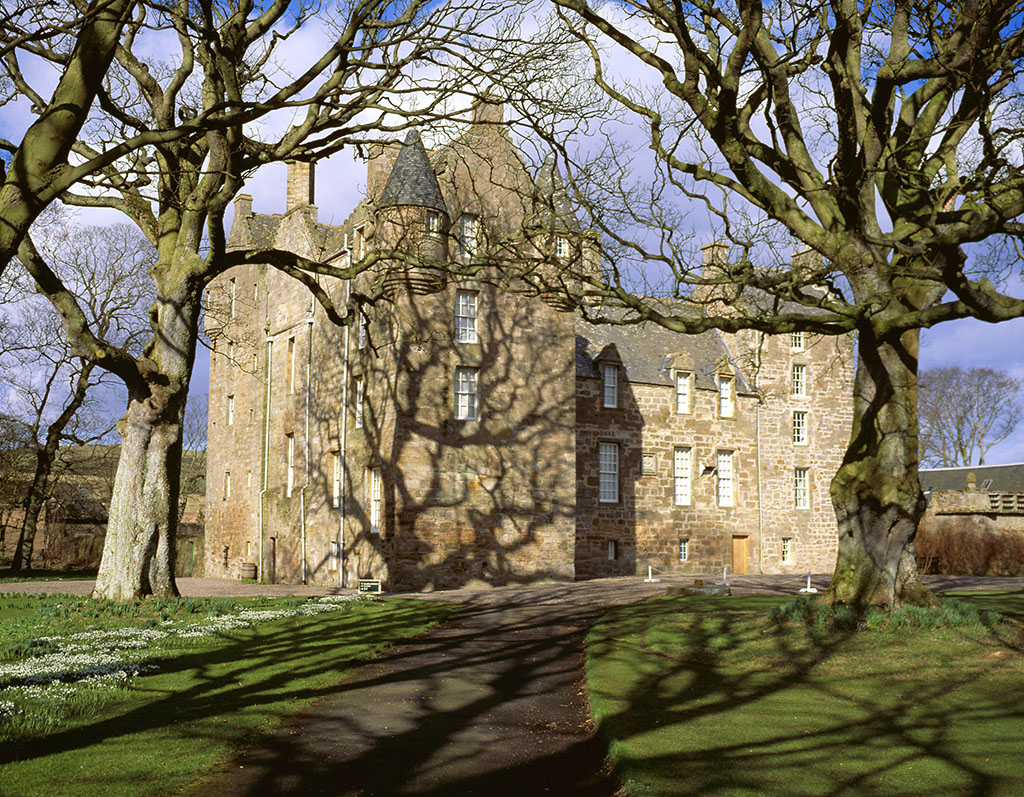
Kellie Castle in Fife (Photo: NTS)
Kellie Castle, Pittenweem
Where Medieval atmosphere meets Victorian style, Kellie Castle dates back to the 14th century. Once home to a daughter of Robert the Bruce, the castle is brimming to the battlements with spooky stories. Dating from 1360, the oldest tower is said to be haunted by the spirit of Anne Erskine, who died when she ‘fell’ from an upstairs window. Although rarely seen, she makes her presence known by the rhythmic thump of her footsteps on the turnpike staircase. The ghost of Professor James Lorimer, who began the restoration of the castle in 1878, has also been seen seated in quiet contemplation. It is also said that Kellie Castle was once exorcised … without success!
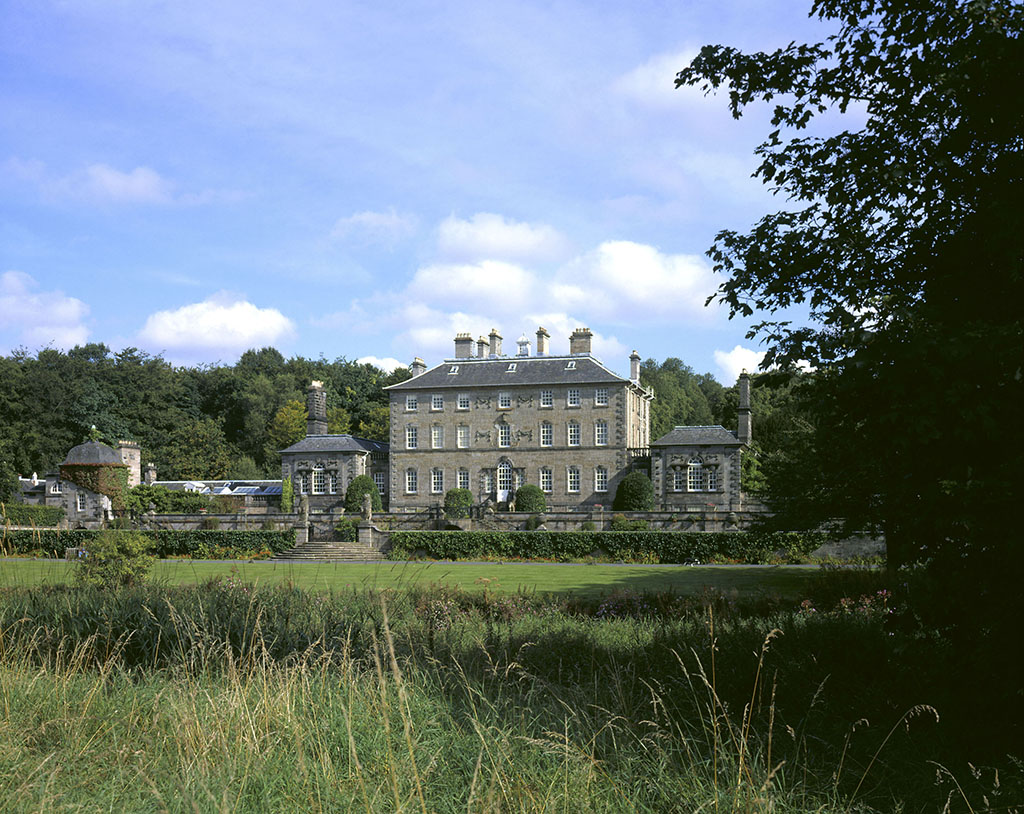
Pollok House in Glasgow (Photo: NTS)
Pollok House, Glasgow
The historic Pollok House might be most famous for its grand stately home, however behind the Georgian grandeur lie bloodcurdling tales. In the 1670s, Janet Douglas, a mute serving girl, arrived at the Pollok estate of Sir George Maxwell. Shortly thereafter, the Laird – a keen witch hunter – fell mysteriously ill. Janet regained the power of speech and immediately accused five local people of consorting with the devil. The story of their trial and subsequent burning at the stake has intrigued historians over the centuries, as has the story of Janet herself, who was reputed to have travelled to America and was involved in the infamous Salem witch trials of 1692.
Alexis McLuskey, visitor services manager at Pollok House said: ‘These events happened close to the Burrell Collection within the estate, where it’s believed the spirits of the witches still remain. It’s said that Janet held power as a “witchfinder” and later disappeared without a trace.’
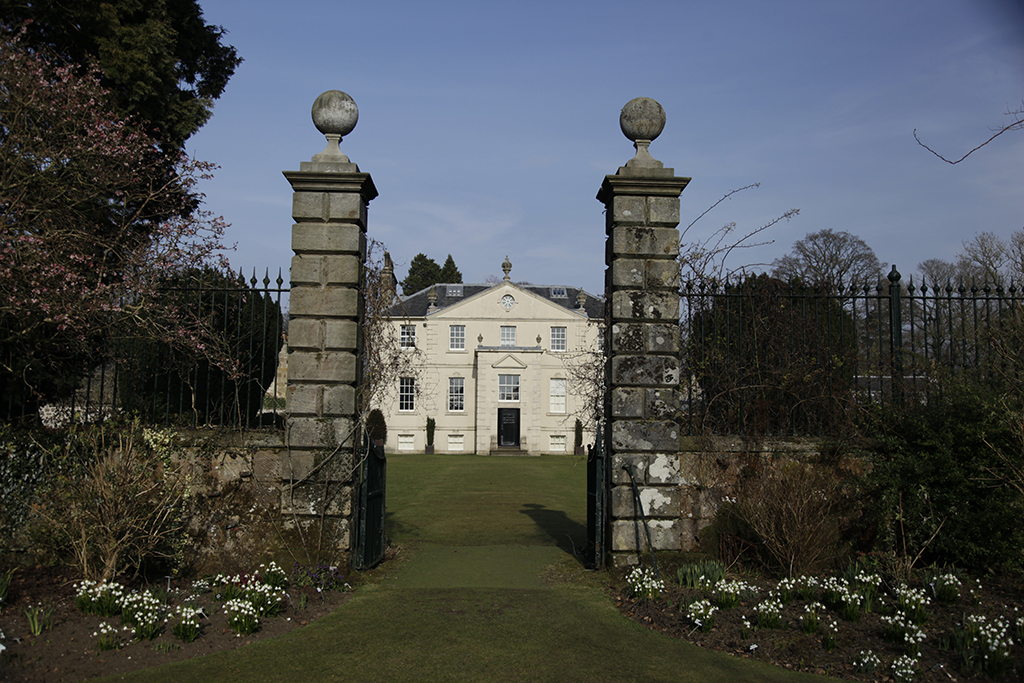
Greenbank House in Glasgow (Photo: NTS)
Greenbank Garden, Glasgow
An oasis of tranquillity, Greenbank Garden is deceptively both idyllic and mystical. Hosting several of Glasgow’s most troublesome ghosts, this wonderful garden turns sinister when the Lady in Red comes out of hiding in the dining room of the house. However, the Red Lady is not alone – with her, are a phantom large black dog and the spectre of a young girl skipping beside the burn who is believed to be the ghost of a local girl tragically killed in the courtyard in the early 20th century.If you haven’t been scared away, settle your nerves in their Glasgow hot-spot café with a spirit-raising scone and cup of tea.
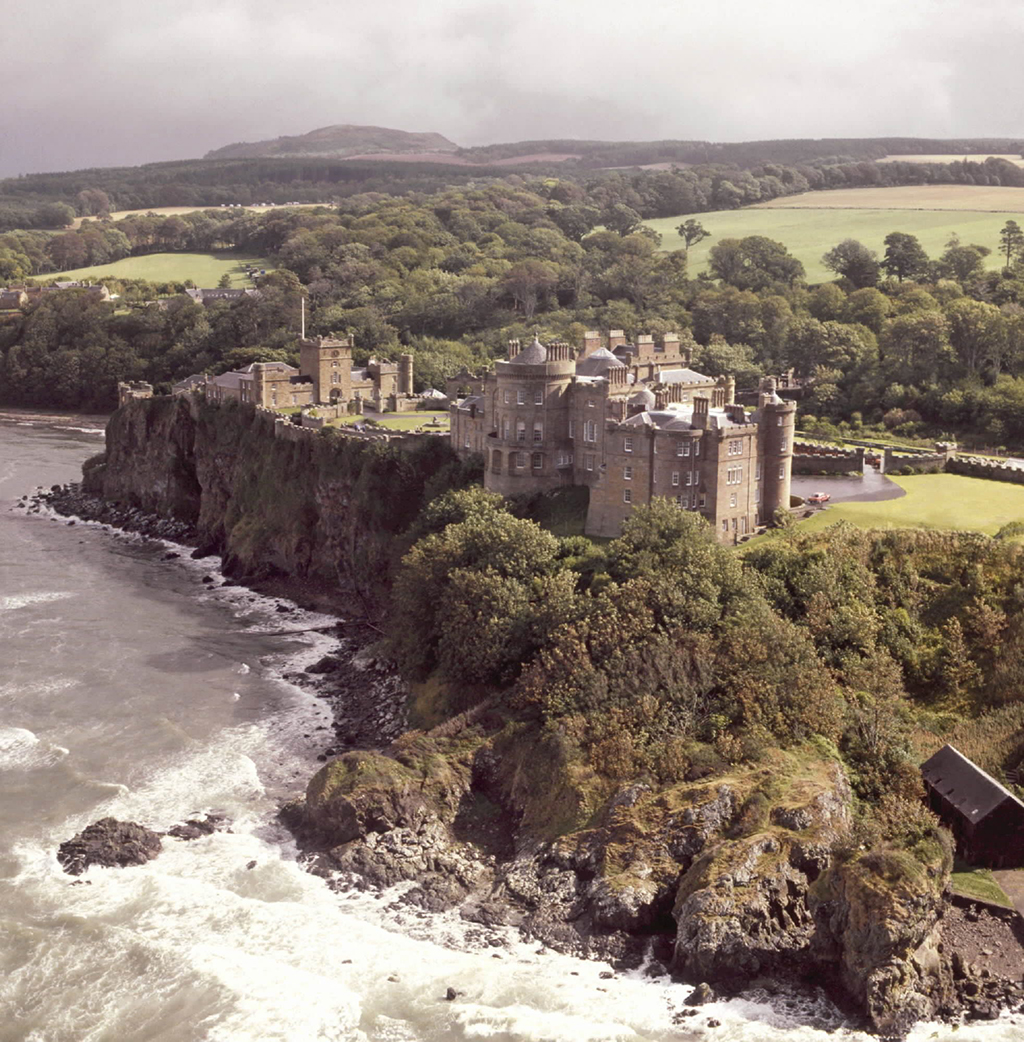
Culzean Castle in South Ayrshire (Photo: NTS)
Culzean Castle, Ayrshire
Castles don’t come as dramatic as this one. Rising majestically from Ayrshire’s coastal clifftops, Culzean Castle hosts a bounty of paranormal activity. Lurking atop a clump of cliffs and sea caves, this Robert Adam masterpiece looks every bit as haunting on the outside as it is inside. The castle is said to have several resident ghosts, from a young woman in a ballgown to a ghostly grey mist, said to be moving up the grand oval staircase. If you’re lucky, you may also hear the sounds of a ghostly piper, playing his pipes in the grounds creating an eerie atmosphere alongside the sound of the crashing waves in the ocean.
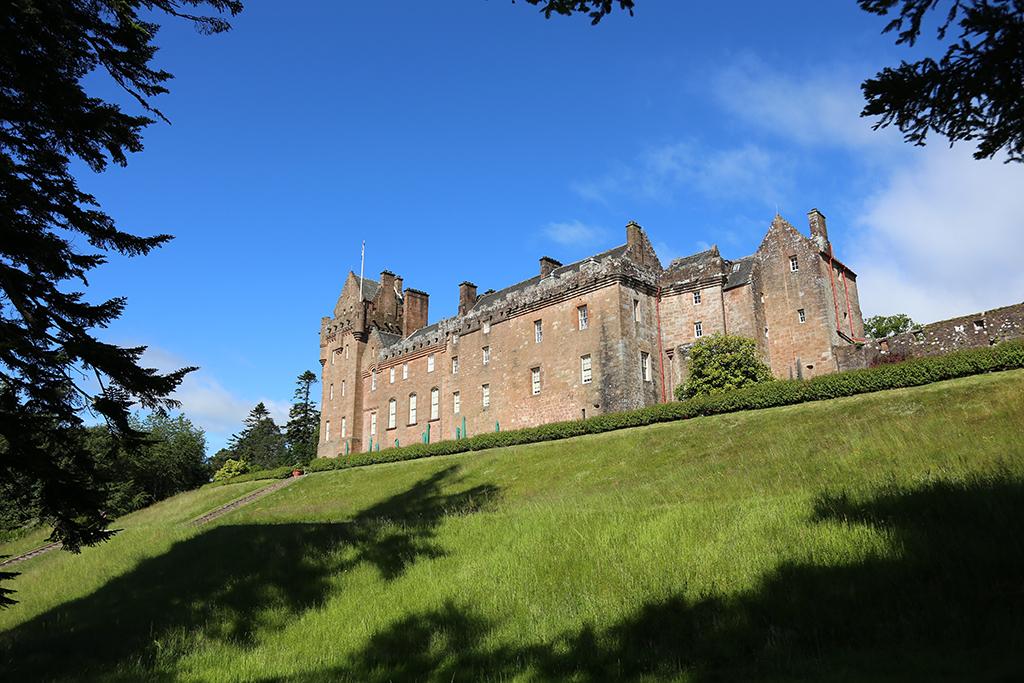
Brodick Castle (Photo: NTS)
Brodick Castle, Isle of Arran
Teeming with history and surrounded by mountains, Brodick is every inch the quintessential island castle. However, beneath the towering peak of Goat Fell, you’ll discover 800 years of ghosts and paranormal activities. Listen to accounts of sightings of the White Stag, to tales of murder and the supernatural.Walk in the footsteps of clairvoyants and paranormal investigators and visit the hanging tree and the portcullis where plague victims were entombed.
Susan Mills, a guide at Brodick Castle said: ‘There are spots in the castle where the past resident’s pets wouldn’t even cross! From blood-shedding battles to sombre hangings, Brodick Castle certainly has an eclectic mix of sprits that are in no rush to move out.’
The National Trust for Scotland is the charity that celebrates and protects Scotland’s heritage – from coastlines to castles, art to architecture, wildlife to wilderness – and encourages people to connect with the things that make Scotland unique.
Every day, the hundreds of thousands of members, donors, volunteers and staff at the charity help to protect Scotland’s natural and national treasures for us all to enjoy.
By becoming a National Trust for Scotland member you are helping to protect Scotland’s history for future generations and will enjoy a wide range of benefits including unlimited access to its sites and properties, and free parking. To join the charity in what it does for the love of Scotland, click HERE.
TAGS

